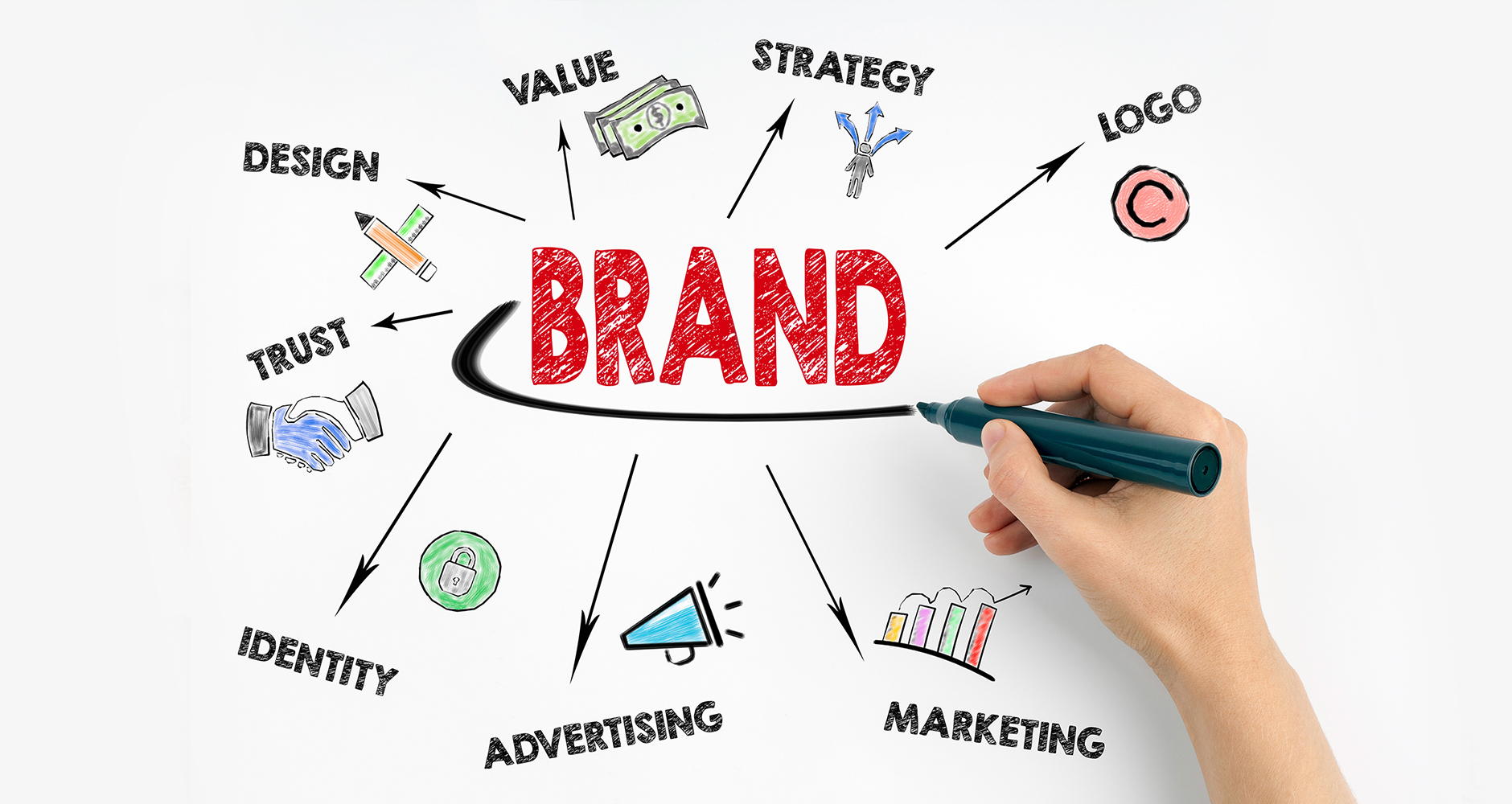Brand-building for SMEs
Brand-building for SMEs
Brand development has become extensively important for businesses of all sizes. Through its power to influence the relationship between a business and its stakeholders and environment, branding contributes to the growth and success of the business. Some SMEs may neglect the importance of branding due to time and financial constraints, but branding is essential to help attract customers and to stay competitive. This article will explore key concepts of branding which can help SMEs to be in a better position to build stronger brands.
Brand Equity
Brand equity is the incremental value of a product bestowed by its brand, and it can affect customer perception and behaviour related to the brand name. A strong brand equity, when developed and effectively managed, will lead to product differentiation and improve long-term profitability.
One way to assess the economic advantage of brand equity is by taking note of price elasticity, which is the change in consumer demand when the price of product is increased. Another way is to determine how much more are customers willing to pay for the branded product as compared to a lower cost product, then multiplying this difference with sales volume for the economic value.
SMEs should measure brand equity and supplement it with market sentiment analysis to gauge investors’ sentiments on their market or industry in order to monitor the progress of their brand-building efforts. 
Brand Types
SMEs must first identify a desired brand identity, which is how they want their organisation to be perceived by the stakeholders. Establishing a type of brand can be based on the product or targeted customer base; the entrepreneur or business owner also plays an important part in building the brand, as they often represent the brand.
Establishing a brand type is a three-step process:
-
The first step is to determine the brand essence. For example, TOMS is a conscious brand with ethical and eco-friendly practices, whereas Apple is an innovative brand that is always engaged in creating new products.
-
The next step is to identify the core values to be associated with the brand, including the vision and mission of the business. For example, a disruptive brand like Grab has the values of being confident, competitive, and risk-taking; a luxury brand like Tiffany & Co. has the values of sophistication, distinction and status.
-
The third step is to determine the brand personality of the business. This includes the tone of voice to be used in advertising campaigns and other communications.
Setting up a clear and appropriate brand type is important as businesses that are more consistent in their brand communications are more favourable in the eyes of consumers. Beyond inspiring logos and relevant taglines that enable brand recall, SMEs will need to be more brand-oriented and reflect these brand values in their business operations.
Brand Orientation
Consumers are looking for trustworthy businesses instead of those who use trust only as a sales technique. As brand trust is difficult to be gained and easy to lose, building a brand from within the organisation is essential to counter the erosion of brand equity. Brand orientation is the extent to which a business values branding and centres its strategy and activities to build a strong brand; it is the internal management function to create and sustain brand equity.
SMEs should integrate brand identity with their organisational culture to cultivate appropriate employee attitude and behaviour. The core values determined should prescribe the mindset and behaviour of employees, and become the foundation of the organisational culture. Establishing a culture-brand connection will encourage employees to make decisions and take actions that deliver on brand promise.
The brand identity is a fundamental guide for SMEs’ marketing strategy. As SME marketing strategies are usually more focused, narrow, and relevant to the target market, marketing actions should reflect brand personality and enhance brand equity. Marketing campaigns can be designed with the main goal of generating brand awareness, which is crucial for acquiring new customers. Campaigns can also be designed to create brand association, which is the co-relation of a brand with other concepts, such as trends, emotions, experiences and others. Brand association is a mental linkage that can influence product differentiation and consumer satisfaction.
A business that has a well-organised brand management system and consistently engages in brand-building activities, will subsequently create brand equity. 
Social Media Branding
Social media and other online platforms play a crucial role in SME branding, and should be included to be a part of SME marketing strategy. Thanks to the lower cost and better targeted audience reach of digital marketing, social media is a key factor for businesses to generate brand awareness and to capture the attention of consumers. Additionally, social media provides consumers with recommendations and experiences of other consumers, which presents opportunities to increase purchase intention.
Social media is also great tool to build trust and improve customer experience, due to the possibility of interactive communication between the brand and its customers. It is also vital for social media accounts to be well-maintained, as it will improve customers’ perception on the product. By generating brand awareness and improving brand perception, social media should be utilised by all businesses to build brand equity.
In 2021, 71% of consumers from the United States chose Coke over Pepsi. But if they were to be put in a blind taste test, would anyone be able to taste the difference between these brands? Perhaps die-hard fans could, but they would be few and far between.
For businesses engaged in direct competition like the Cola brands, branding is everything. The power of branding is accessible to all, and it is especially useful for SMEs that are unable to enjoy the benefit of economies of scale to compete on cost leadership strategies. In an environment where differentiation is vital, branding presents an opportunity to SMEs to build an intangible asset that is both unique and profitable in the long run.
Disclaimer
The information provided herein is intended for general circulation and/or discussion purposes only. Before making any decision, please seek independent advice from professional advisors. No representation or warranty whatsoever in respect of any information provided herein is given by OCBC Bank and it should not be relied upon as such. OCBC Bank does not undertake any obligation to update the information or to correct any inaccuracy that may become apparent at a later time. All information presented is subject to change without notice. OCBC Bank shall not be responsible or liable for any loss or damage whatsoever arising directly or indirectly howsoever in connection with or as a result of any person acting on any information provided herein. Any reference to any specific company, financial product or asset class in whatever way is used for illustrative purposes only and does not constitute a recommendation on the same.



